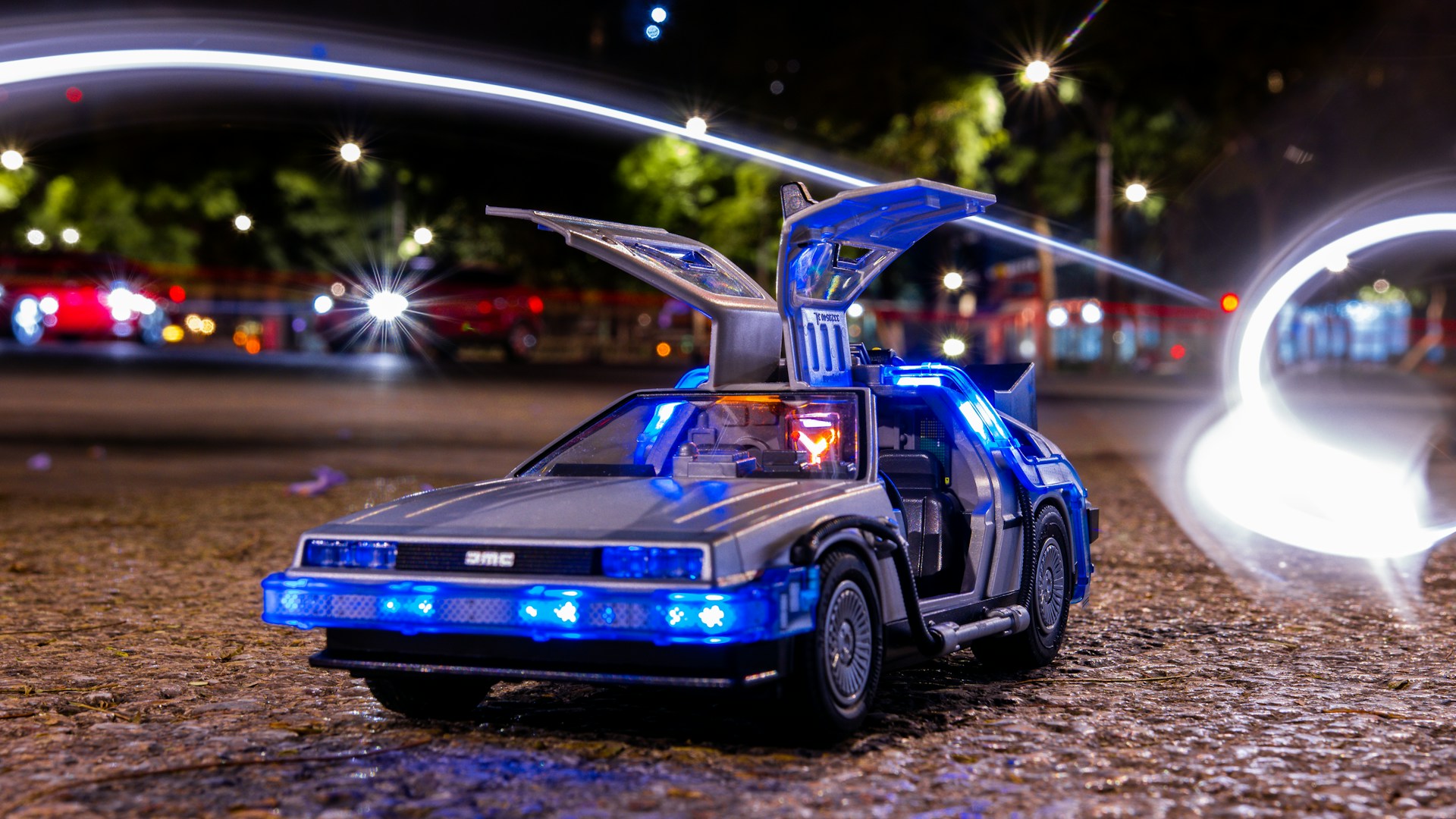A Visionary Journey Through Time
When Back to the Future first hit cinemas 40 years ago, audiences watched as Michael J. Fox’s character, Marty McFly, was flung first into the 1950s and later into the then-distant year of 2015. What was once a bold vision of the future is now part of our past. While not all of its predictions materialised, the film’s legacy endures.
Unlike many time travel films that span centuries, Back to the Future I and II focus on jumps of just a few decades. In the second film, Marty, his fiancée Jennifer, and the eccentric Doc Brown travel in their iconic silver DeLorean—now displayed at the PS.Speicher museum in Einbeck, Lower Saxony—to 21 October 2015. From today’s perspective, that future has already been and gone.
Striking Predictions That Became Reality
Writers Bob Gale and director Robert Zemeckis managed to foresee some technological changes with uncanny accuracy. Video calling became commonplace, weather radar systems exist, and even the surreal idea of surfing holidays in Vietnam—unthinkable at the time, barely 15 years after the war—has since become reality. The film also rightly anticipated the obsolescence of the once cutting-edge 1985 personal computer, foreseeing its fate as a collector’s item.
Dreams That Didn’t Quite Fly
However, other futuristic elements remain firmly in the realm of fiction. By 2015, the world still lacked flying cars, levitating skateboards, self-lacing shoes, and clothes that adapt instantly to their wearer’s size or dry themselves in seconds. Ironically, the one advancement the filmmakers failed to predict—the rise and global impact of the internet—became the most transformative development between 1985 and 2015.
A Deeper Message Behind the Adventure
Beyond its sci-fi spectacle, the Back to the Future trilogy carries a deeper, more philosophical message. It explores how life can pivot on the smallest moments. A missed encounter or a chance decision can redirect one’s entire future. The films serve as a reminder of the delicate threads that weave our destinies.
The DeLorean’s Unexpected Role
The DeLorean, now inseparable from the film’s identity, was not originally intended to be the time machine. Early concepts featured something far more mundane—a refrigerator. Fortunately, that idea was abandoned amid fears children might attempt time travel by climbing into their own fridges at home.
Casting Challenges and a Near Miss
The production faced hurdles beyond the design of the time machine. Although Michael J. Fox was always the first choice for Marty McFly, scheduling conflicts with his television commitments initially forced the team to cast Eric Stoltz. However, Stoltz’s performance failed to win over executive producer Steven Spielberg. In the end, complex scheduling and Fox’s determination made it possible for him to take on the role, ultimately defining the character for generations.
An Enduring Classic
Today, Back to the Future stands among the most acclaimed films in cinema history. It is included in the American Film Institute’s list of the greatest films of all time, celebrating its cultural and artistic significance. On the review aggregator Rotten Tomatoes, the film boasts an impressive 93% critic score and a 95% audience rating, underscoring its enduring popularity.
Even four decades later, Back to the Future continues to fascinate, entertain, and inspire. Its blend of humour, heart, and speculative vision makes it not just a film of its time, but a timeless classic.


